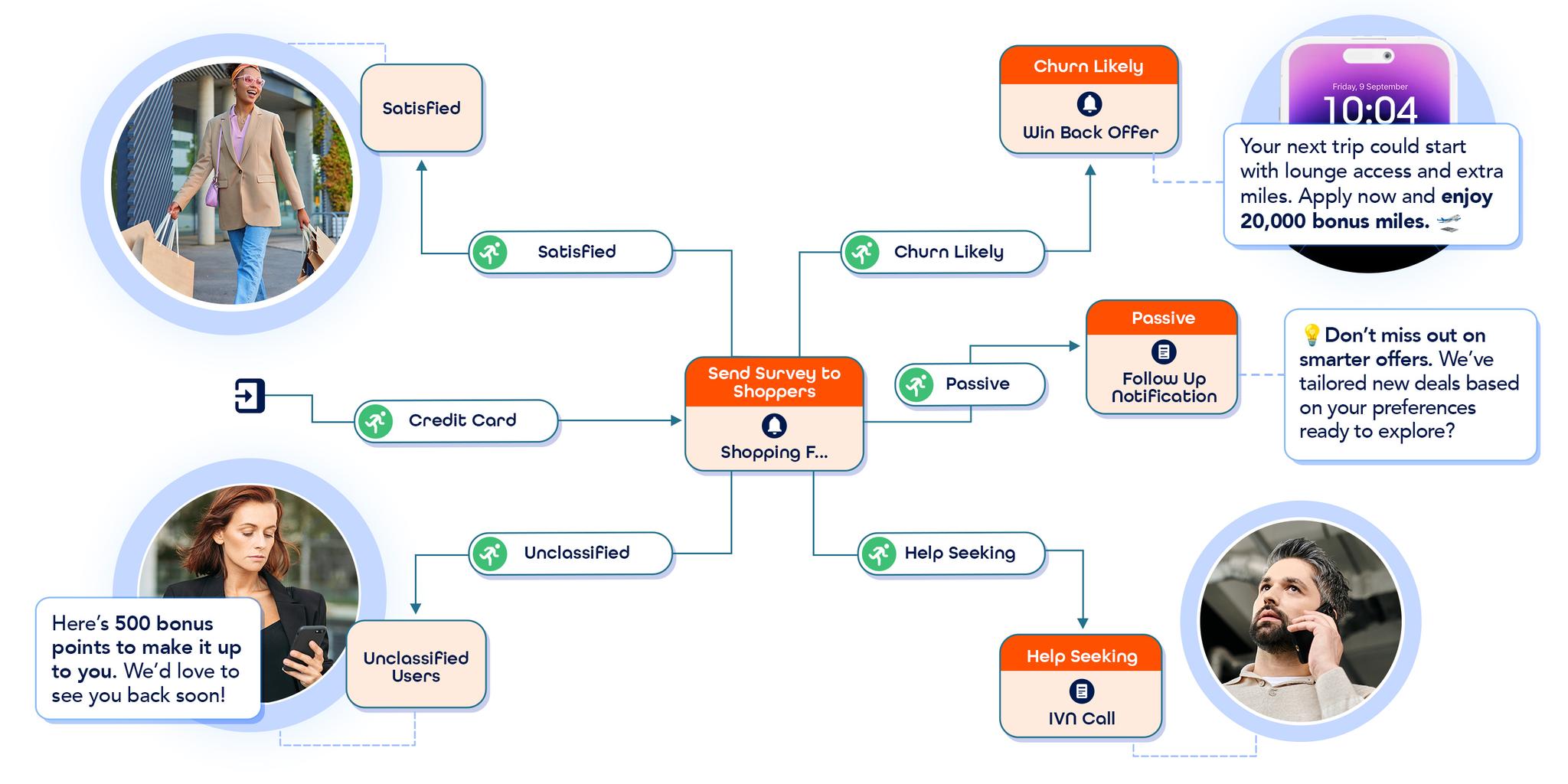Businesses have come a long way since the traditional methods of marketing and conventional media. It has now become easier to communicate and reach out to their target audience. Organizations leverage print, radio, TV, and social media to generate more reach and increase brand awareness.
Today’s customers acquired full control over their buyer’s journey taking matters into their own hands. Before spending a dime on a vendor, you should consider the different aspects of their business model: From their ethics, customer services, and the product’s quality, these account for customer retention. Furthermore, it is all the more reason for every organization’s function to accommodate their evolving needs and demands.
Catering to the ever-changing customer needs, many enterprises established a connected customer journey that applied across the organization. It should provide a consistent customer experience and drive business growth.
Aligning Your Customer Journey Map Across Profitable Business Growth
The customer journey refers to the end-to-end experience of a particular consumer across the organization. From all of the customer’s interactions across all channels to brand awareness and retention, it is up to the business to optimize the entire experience. Aligning the customer journey across the organization requires a shift in management. You must address every angle of the journey to achieve consistent progress toward your goal. Every department plays a fundamental role in measuring, monitoring, and optimizing the customer experience management. Ultimately, it helps them fulfill the expectations of their customers.
Why Customer Journey Mapping Is Important?
Mapping a comprehensive customer journey allows businesses to acknowledge the people’s vast experiences that interact with their brand. Looking at the customer’s point of view lets them visualize their experience and optimize it according to their expectations.
The customer journey allows the organization to know how every phase of the customer journey went down. In this way, they can address their shortcomings that empower both customers and perspectives. This plan accounts for faster sales cycles, increasing customer satisfaction, and retention.
Creating Customer Journey Without Coordination, There is No Consistency
Establishing a connected customer journey across the organization may seem complicated. However, the success of today’s reputable corporations usually stems from positive customer experiences.
It can be challenging to apply an aligned customer journey for enterprises siloed with people in different departments that barely meet, let alone collaborate. If businesses would want to create a consistent customer journey, coordination must be cross-departmental. From marketing, sales, customer services, logistics, product management, data analytics to IT, they should coordinate with one another to establish a consistent customer experience. Overall, coordination across the organization paves the way for smoother implementation of a constant customer journey.
However, you can make this entire process simpler for you with the help of EVAM. Evam specializes in building out a connected customer journey that is aligned throughout your organization with Marketing Suite & Actions.
Frequently Asked Question (FAQ)
1. What is a connected customer journey?
A connected customer journey is a unified experience where all departments — marketing, sales, customer service, logistics, and IT — work together to deliver a seamless, consistent brand experience across all touchpoints.
2. Why is aligning the customer journey important for business growth?
Alignment ensures:
Consistency across channels, reducing customer frustration
Faster sales cycles by removing bottlenecks
Improved satisfaction & retention through personalized experiences
Better data-driven decisions as teams share insights across the organization
3. What challenges prevent companies from creating a connected customer journey?
Siloed departments that don’t collaborate regularly
Lack of shared data and analytics
Disjointed technology stacks where marketing, sales, and customer service use separate systems
Resistance to management shifts required for journey-centric operations
4. How does customer journey mapping help?
Customer journey mapping visualizes the entire experience from the customer’s perspective, helping businesses:
Identify pain points and drop-off areas
Spot opportunities to delight customers
Align internal teams on shared goals
Optimize touchpoints to improve loyalty and revenue
5. What are the benefits of cross-departmental coordination in customer journeys?
When marketing, sales, product, and support teams collaborate:
Consistent messaging builds trust
Shared data improves personalization
Faster issue resolution increases satisfaction
Unified reporting helps track journey success
6. How does EVAM help organizations build a connected customer journey?
EVAM’s Marketing Suite & Actions simplifies cross-department coordination by:
Unifying customer data across channels
Automating journey orchestration in real time
Allowing marketing, sales, and customer service teams to act on the same insights
Monitoring journey success with visual dashboards
7. Which industries benefit most from connected customer journeys?
Telecom: Coordinated upsell & churn-prevention campaigns
Banking: Unified fraud alerts, loan offers, and customer service updates
Retail: Seamless online-to-store experiences and loyalty programs
8. How can a company get started with EVAM for connected journeys?
Request an evamX demo, where EVAM experts will:
Map your current customer journeys
Identify siloed processes
Help orchestrate a fully connected, real-time experience across departments








